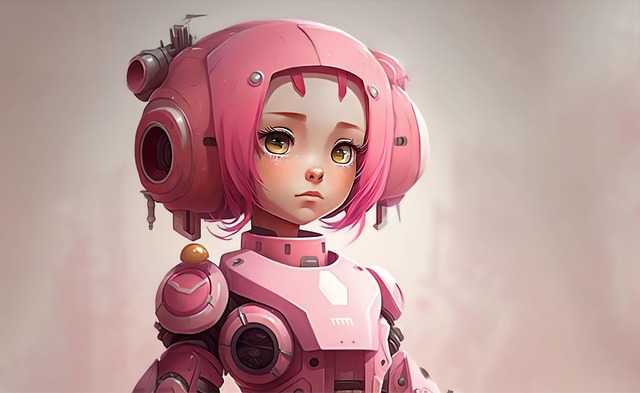Generative AI is transforming chatbots into dynamic, engaging tools for e-commerce, enhancing user experiences and driving sales. These advanced chatbots leverage NLP and machine learning models, like transformer architectures, to process high volumes of interactions, understand customer intent, and generate personalized product suggestions. By training on diverse data including customer interactions and sales records, these AI chatbots continuously improve their performance over time. Continuous improvement, based on monitoring, user feedback, and analyzing conversation outcomes, ensures they adapt to evolving preferences and trends, maintaining effectiveness in e-commerce environments.
Building a generative AI chatbot can transform your business, offering personalized customer interactions at scale. This article guides you through the process, from understanding the fundamentals of generative AI and its potential as a chatbot in ecommerce, to exploring key components like natural language processing (NLP) models and conversational flows. We’ll delve into training methods, seamless deployment strategies, and continuous improvement techniques to help your chatbot thrive.
- Understanding Generative AI and Chatbots
- Key Components for Building a Chatbot in Ecommerce
- Training, Deployment, and Continuous Improvement
Understanding Generative AI and Chatbots

Generative AI refers to a type of artificial intelligence that can create new content, such as text, images, or music, that is original and diverse. At its core, it involves training models on vast datasets to generate novel outputs based on patterns learned. In the context of chatbots, generative AI empowers them to engage in more natural and creative conversations with users. These advanced chatbots, often termed Generative Chatbots, go beyond rule-based systems by understanding context, generating human-like responses, and even offering personalized recommendations.
In the realm of ecommerce, a chatbot powered by generative AI can significantly enhance customer interactions. It can provide product suggestions tailored to individual preferences, offer engaging descriptions that captivate buyers, and create dynamic conversations that feel more human-like. This level of personalization not only improves user experience but also increases the likelihood of conversions, making it an invaluable tool for businesses aiming to optimize their online sales strategies.
Key Components for Building a Chatbot in Ecommerce

Building a generative AI chatbot for ecommerce involves several key components that are crucial for its success. Firstly, a robust and scalable backend infrastructure is essential to handle large volumes of user interactions and data processing. This includes powerful servers, reliable databases, and efficient algorithms to manage the chatbot’s operations seamlessly.
Secondly, natural language processing (NLP) capabilities form the heart of any effective chatbot in ecommerce. Advanced NLP techniques enable the chatbot to understand user queries, interpret their intent, and generate contextually relevant responses. Incorporating machine learning models, such as transformer-based architectures, allows for continuous learning and improvement based on user interactions, enhancing the chatbot’s performance over time.
Training, Deployment, and Continuous Improvement

Training is a crucial step in developing a generative AI chatbot, particularly for an ecommerce setting where users seek personalized product recommendations and assistance. This involves feeding the model vast amounts of data relevant to your industry, including customer interactions, product descriptions, and sales records. The more diverse and high-quality the training data, the better equipped the chatbot will be to understand and cater to various customer needs.
Deployment sees the chatbot brought to life, interacting with customers on your website or through messaging platforms. It’s essential to monitor its performance closely during this phase, collecting user feedback and analyzing conversation outcomes. Over time, as the chatbot gathers more interactions, it can be fine-tuned for improved accuracy and relevance. Continuous Improvement is key to keeping your chatbot up-to-date with evolving customer preferences and industry trends, ensuring a dynamic and effective chatbot in ecommerce.
Building a generative AI chatbot is an exciting journey that can transform your eCommerce platform. By understanding the fundamentals of Generative AI and integrating key components, you can create a sophisticated chatbot tailored to enhance customer interactions and drive sales. Through strategic training, deployment, and continuous improvement, your chatbot will evolve to deliver personalized experiences, answer queries swiftly, and ultimately boost user engagement and conversion rates in your online store.
